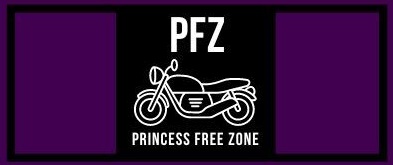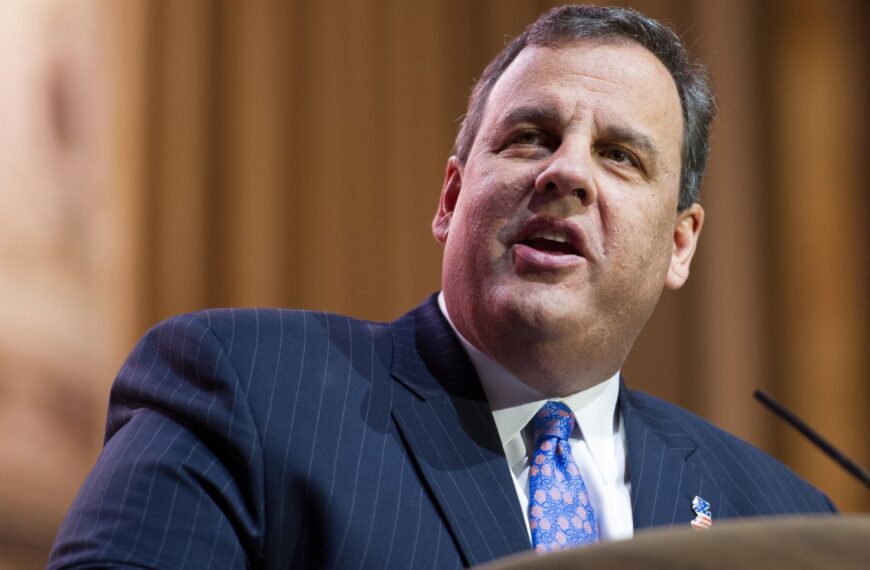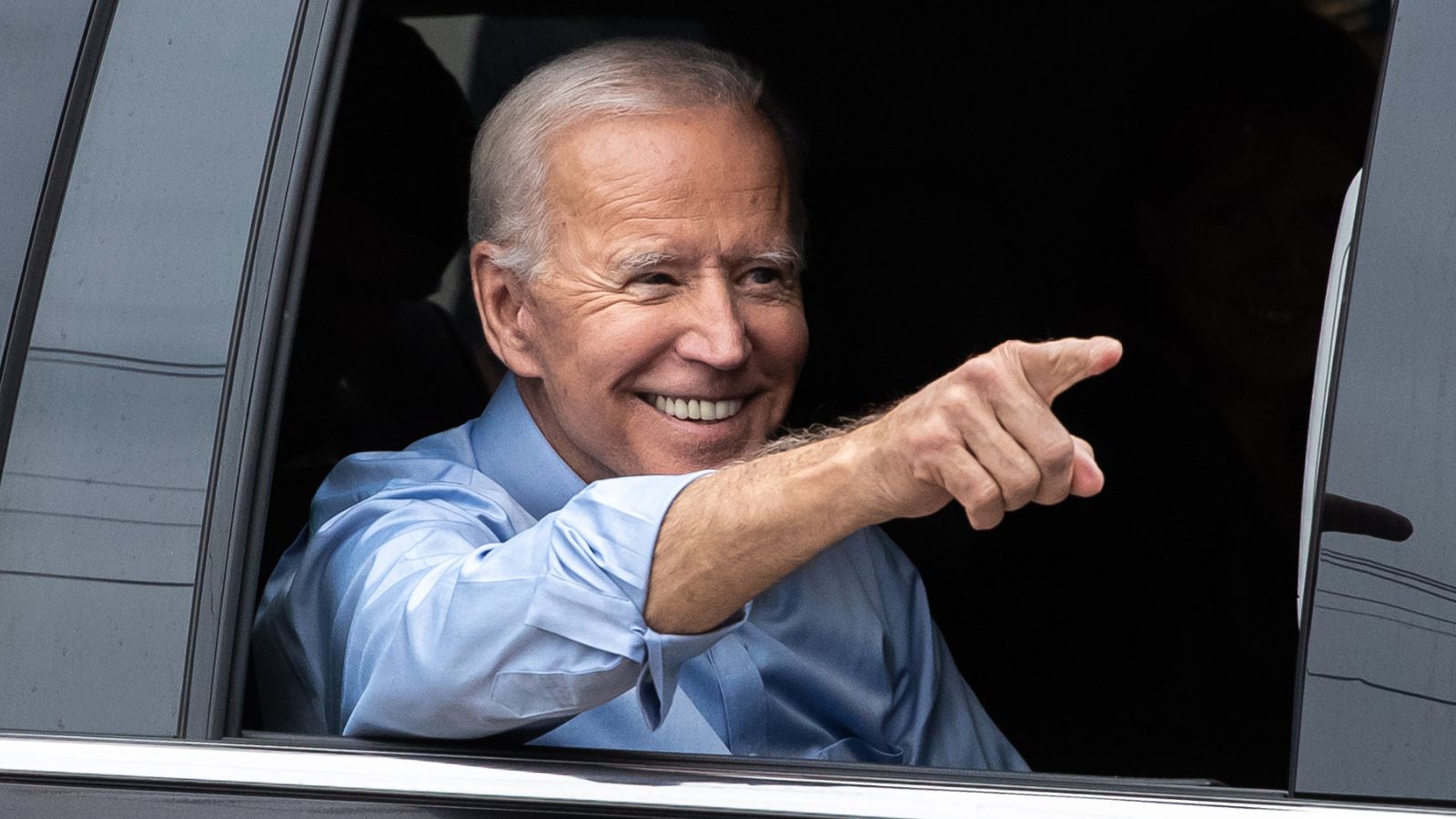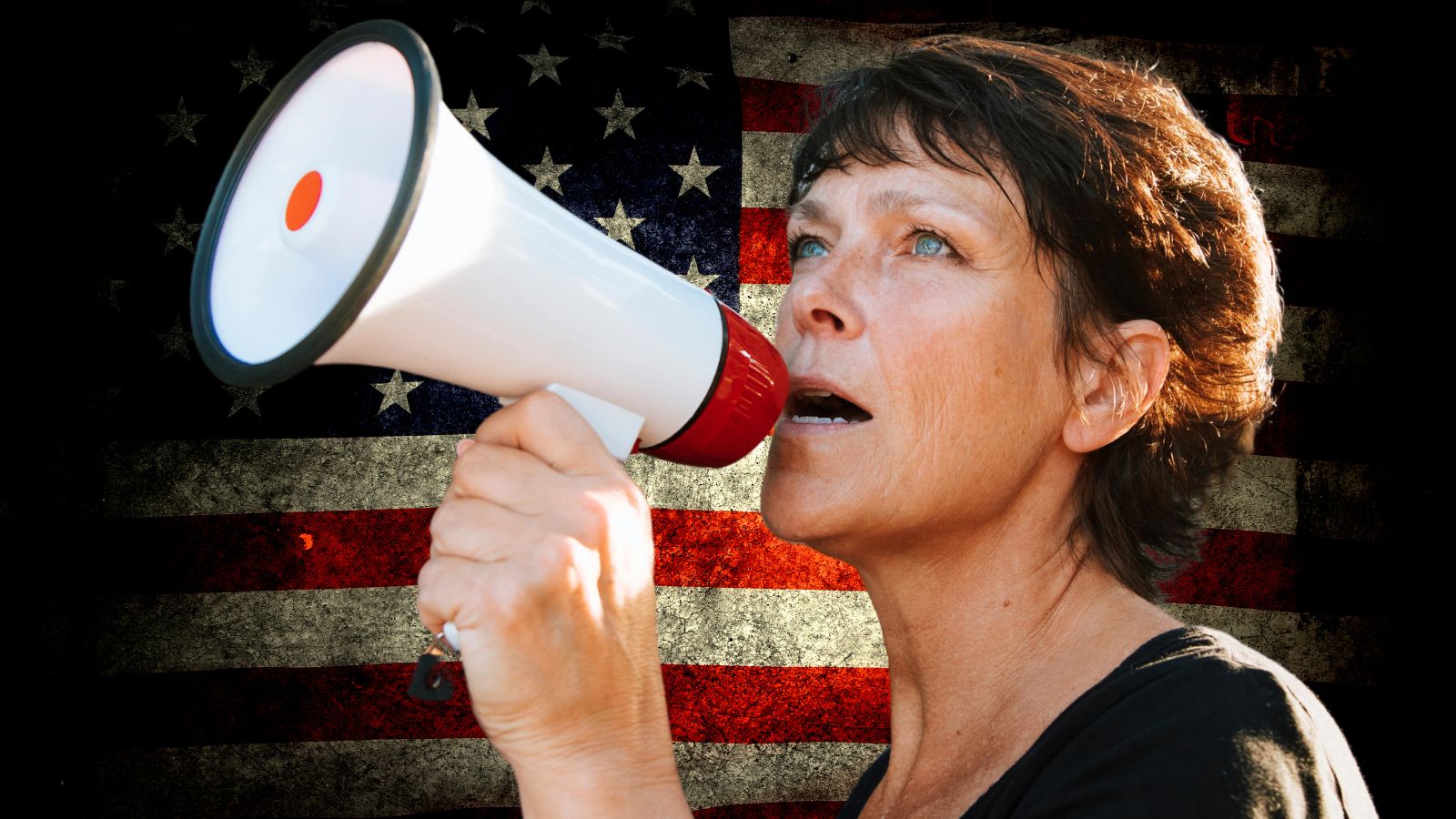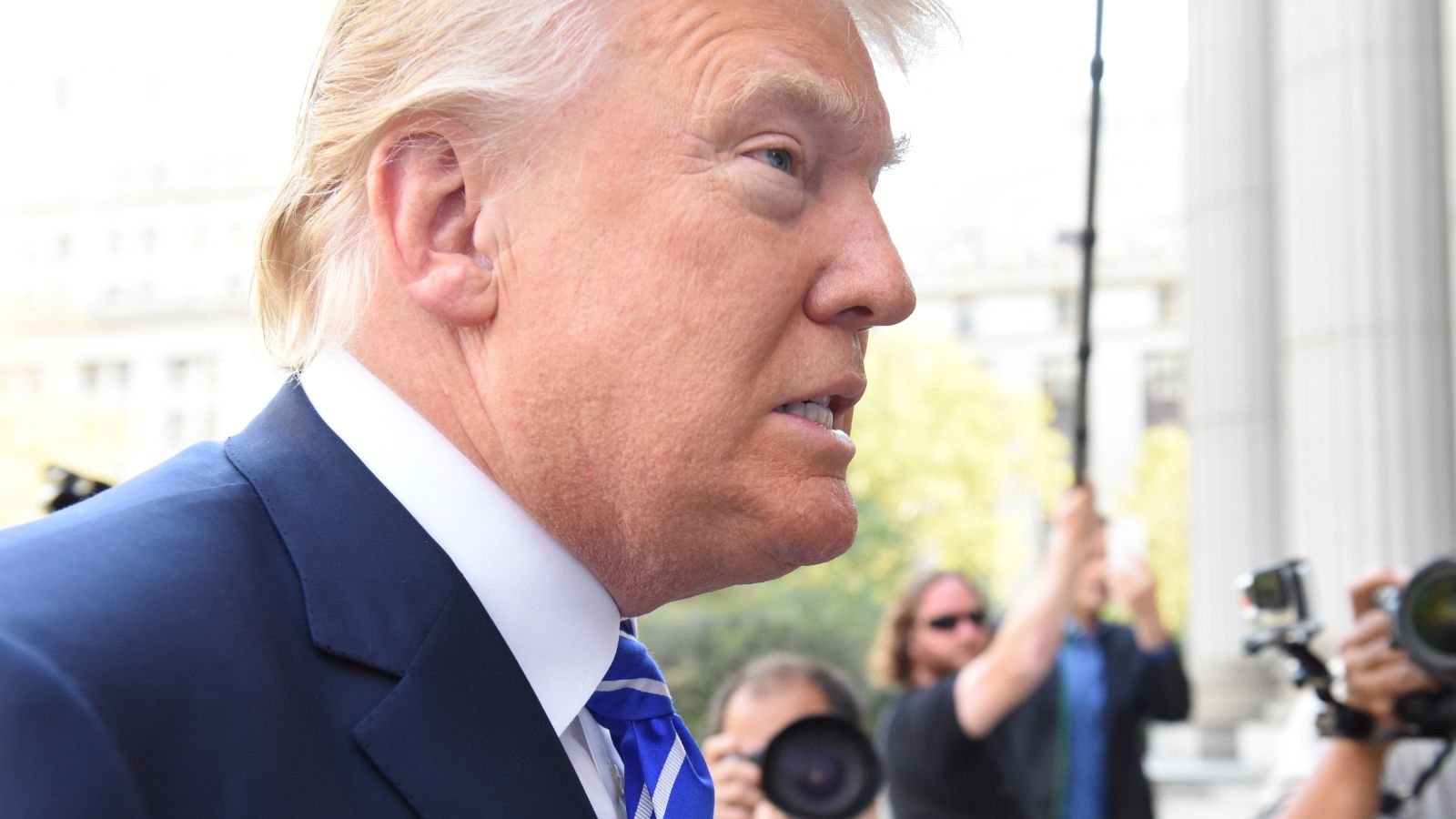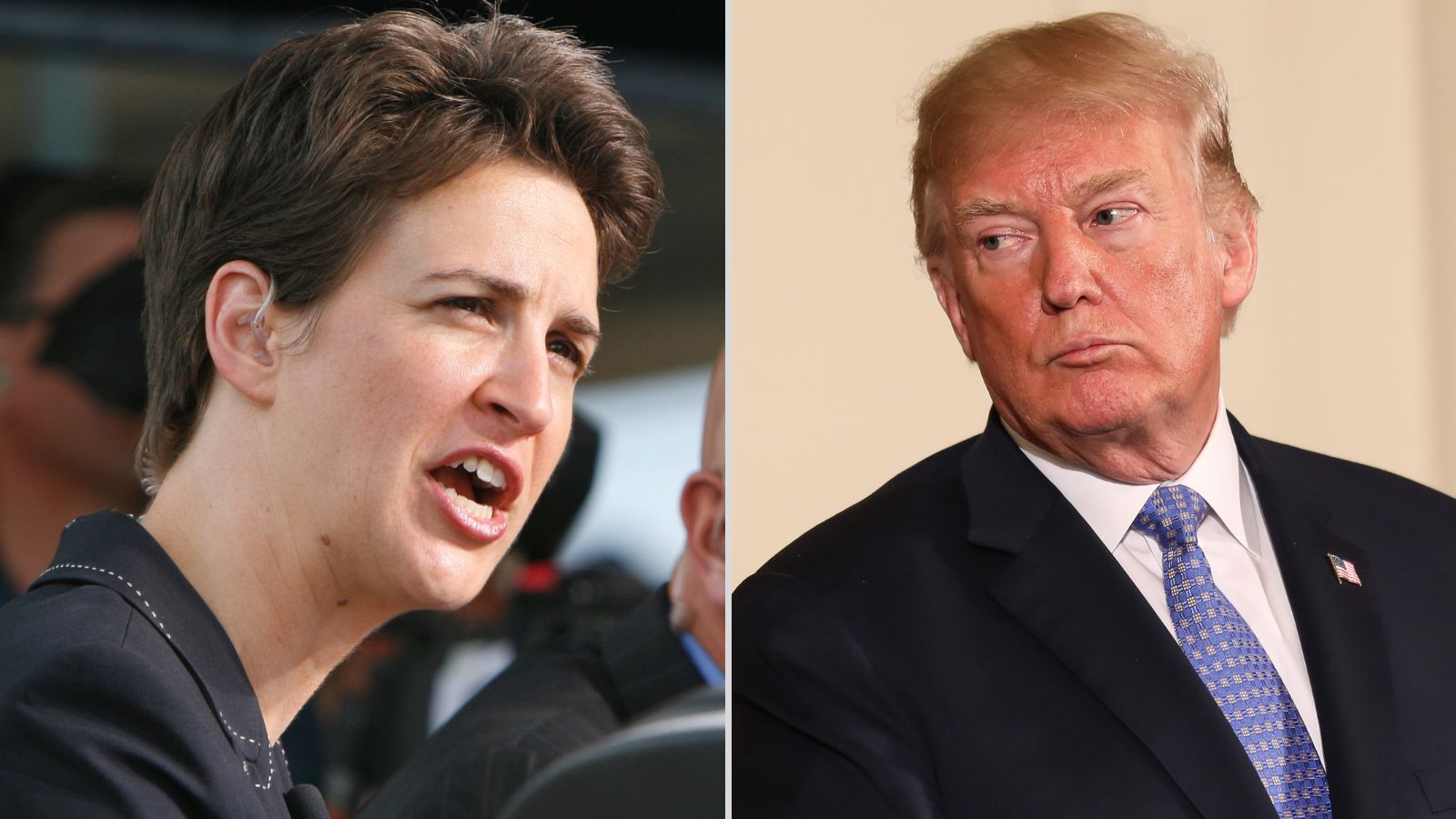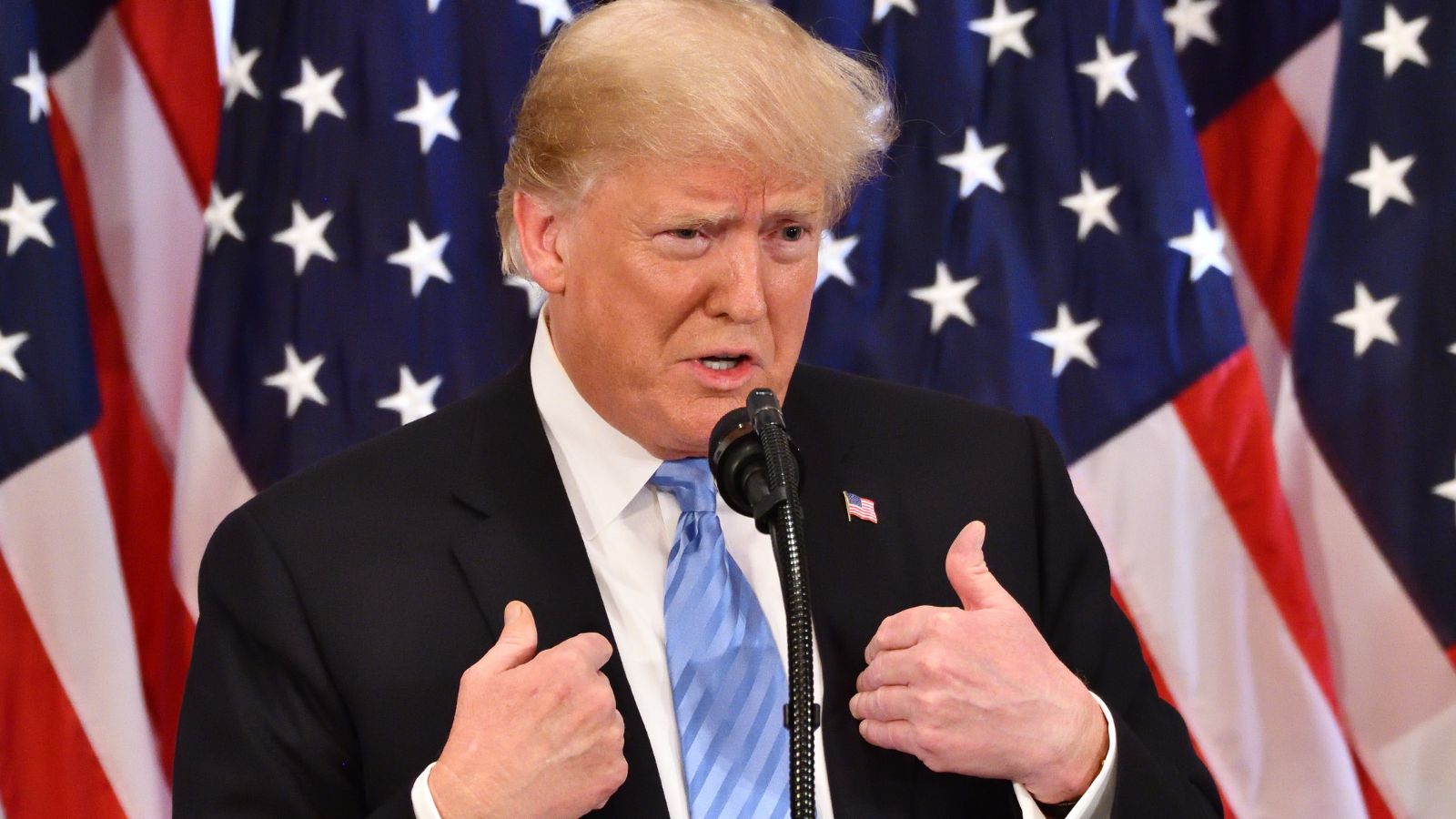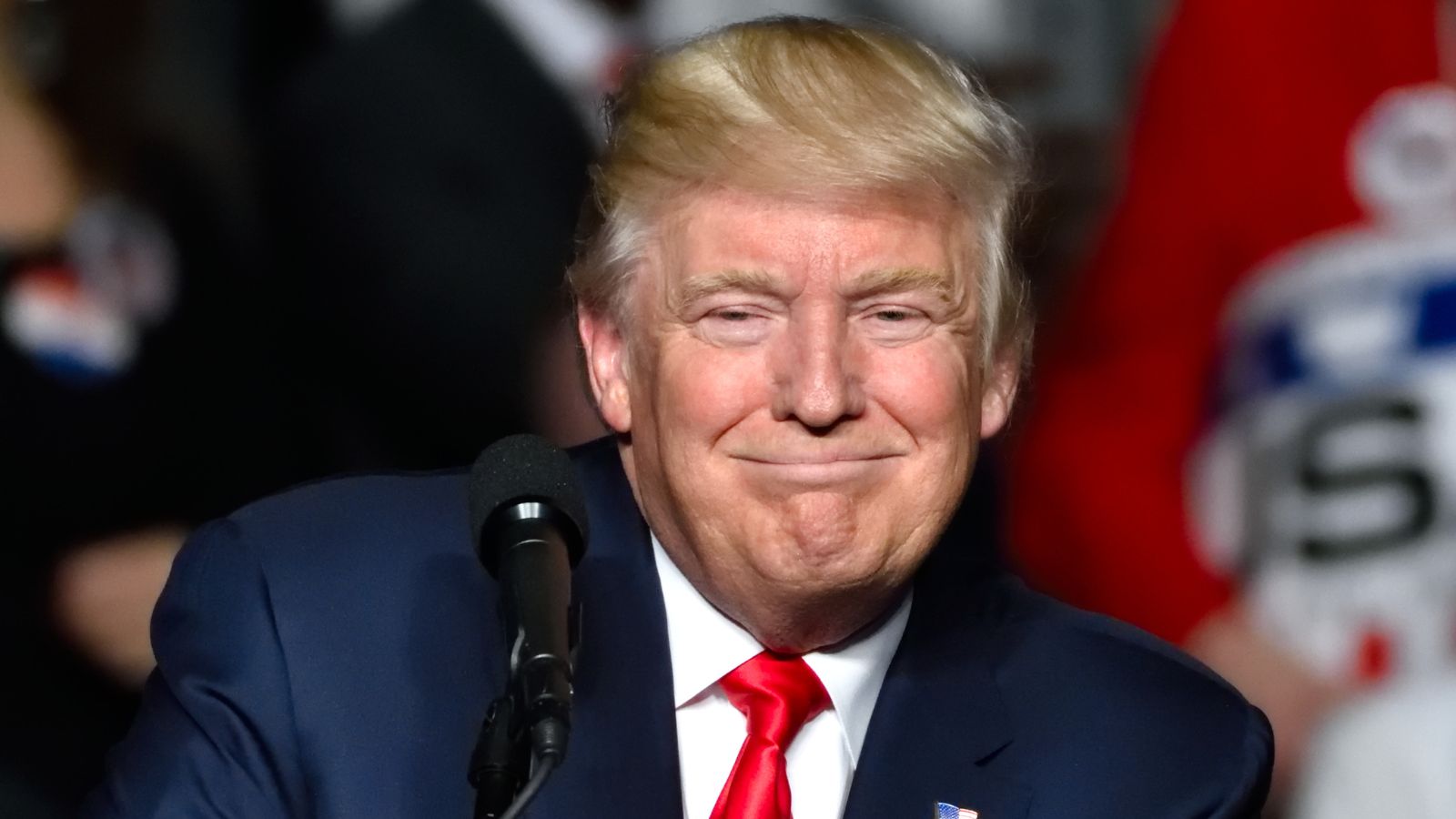The latest labor market report for October has sparked interest and speculation amongst economists and investors alike. Revealing a notable slowdown in job creation, the report hints at the ripple effects of high interest rates and inflation on the nation’s employment landscape. Still, there is a silver lining to these figures, as the economy continues to carry forward with substantial resilience, creating 150,000 jobs amidst these challenges. In the midst of rising interest rates and inflation, the job market, while slowing, still showcases economic resilience, with a net gain of 150,000 jobs in October.
Decoding October’s Labor Market Trends

The October labor market report uncovered some intriguing trends. The month witnessed a notable slowdown in job creation, with employers adding just 150,000 jobs to the economy. Yet, despite these figures, the overall economic picture remains healthy, with job additions appearing enough to keep the unemployment rate steady.
The Implication of Rising Interest Rates on Employment

The labor market report suggests that the upward trend in interest rates, part of the Federal Reserve’s strategy to mitigate inflation, may be influencing employment growth. This expansion slowdown is observable via the deceleration of the year-over-year increase in average hourly earnings, which went from 4.2% to a slightly lower 4.1%.
The Federal Reserve’s Role
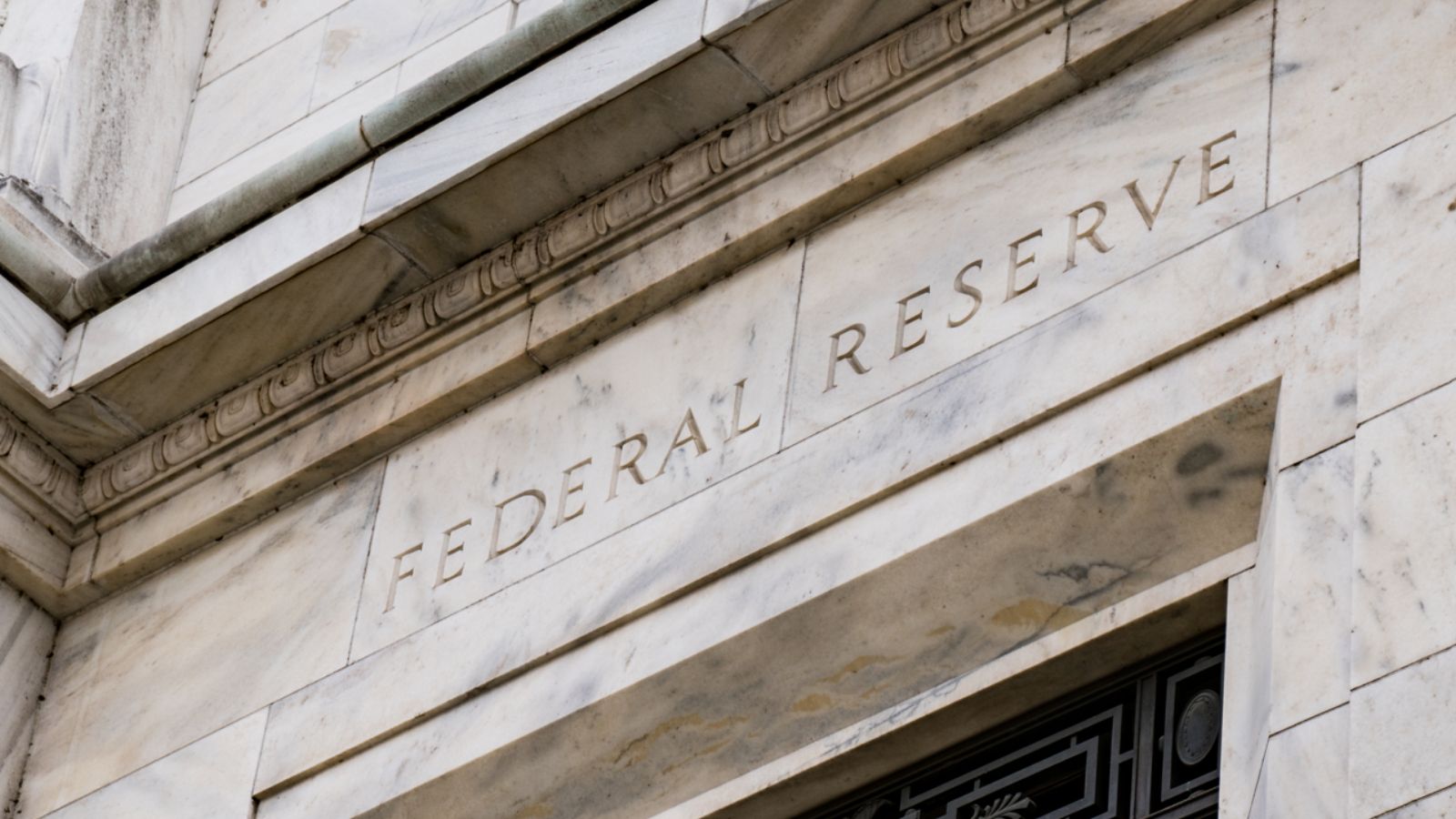
The Federal Reserve is tasked with adjusting interest rates as a tool for controlling inflation. By raising interest rates, it intends to slow down economic activity to prevent the economy from overheating, which could lead to high inflation. However, this can also imply a more challenging environment for job creation.
Impacts On Wage Growth

Rising inflation could erode wage increases: If inflation outstrips wage increases, employees’ buying power may diminish, negatively affecting their standard of living. Increased borrowing costs could limit wage growth: As businesses grapple with higher interest rates, they might limit wage growth to manage increased costs. In sum, the interplay between rising interest rates, inflation, and wage trends forms a complex triad that could significantly influence employers’ hiring decisions and the overall employment landscape.
Wall Street’s Perception of the Latest Labor Report
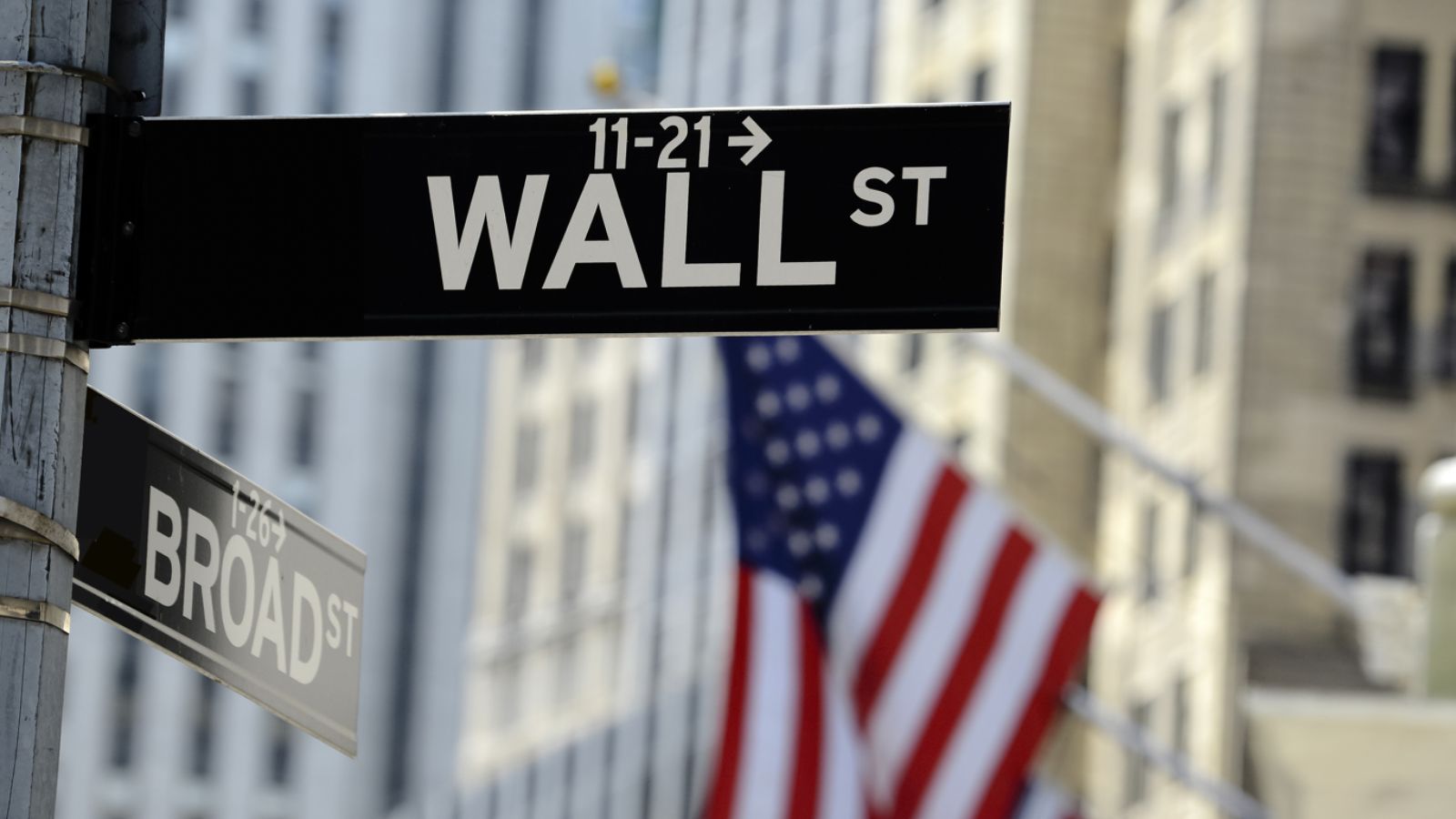
Wall Street’s reaction to October’s labor market report was surprisingly upbeat. Investors were overall optimistic, evidenced by a climb in stock prices and a slide in bond yields. Kathy Bostjancic, chief economist of Nationwide, commented that “The overall weakening in employment demand and wage growth supports our view that the Fed is done raising rates for this cycle.” This positive sentiment reflects the belief that the Federal Reserve might pause further interest rate hikes, given the slowdown in job growth and wage inflation.
Insights on Sector-Based Employment Shifts

Striking contrasts were evident in job gains and losses across various sectors in October. Remarkably, the healthcare, construction, and government sectors saw substantial job growth. These sectors have a consistent track record of stability, and this trend continued in October with their cumulative contribution of jobs being quite significant.
Understanding the Dynamics of Labor Force Participation Rate

The labor force participation rate can be considered a key gauge of economic health, measuring the number of individuals either working or actively seeking employment. In October, a slight reduction was observed in this rate as it landed at 62.7%. The drop has raised questions about the possible plateauing of the surge in workforce re-entry observed in the post-pandemic period.
Assessing One-Off Events on October’s Job Market

The month of October witnessed a range of one-off events that considerably influenced the labor market. Most significant among them was the United Auto Workers strike, a labor dispute involving thousands of employees and resulting in a sizeable decline in manufacturing jobs.
Job Market Resiliency Amidst Economic Slowdown

In the face of economic challenges, the strength of the job market has been remarkably noteworthy in the last year. According to the labor market report for October, the economy was able to add a substantial 150,000 jobs, a clear indication that the country is recovering millions of jobs that were lost during the global pandemic.
Predictions for Future Economic and Employment Trends

With the current economic scenario shaped by high-interest rates and inflationary pressures, the trajectory of future employment trends has become a topic of considerable speculation. Economists across the board predict a deceleration in both economic activity and job gains in the coming year. Adding to these forecasts is the ongoing dialogue regarding wage trends.
The higher borrowing costs resulting from raised interest rates, coupled with the depletion of pandemic-related savings, are core contributors to the anticipated economic slowdown. These factors are expected to cause a softening in job creation rates and wage growth.
The Federal Reserve’s Balancing Act: Inflation Versus Job Stability

The Federal Reserve’s responsibilities include managing inflation and supporting job stability. These dual roles can place the Fed in a complex predicament, particularly in periods of economic volatility.
Exploring Employer Perspectives in the Changing Job Market

From an employer’s perspective, the altered labor market dynamics present a mixed bag of challenges and opportunities. Although the recent slowdown in job growth might raise concerns, recent data reveals an improvement in employee commitment that suggests a return to a more normalized job environment. Nate Rempler, COO of Omaha Steaks, noted that his employees seemed like “they actually want to get to work, which we love to see because it’s good for business.”
Unpacking the Impact of Wage Trends on Job Growth
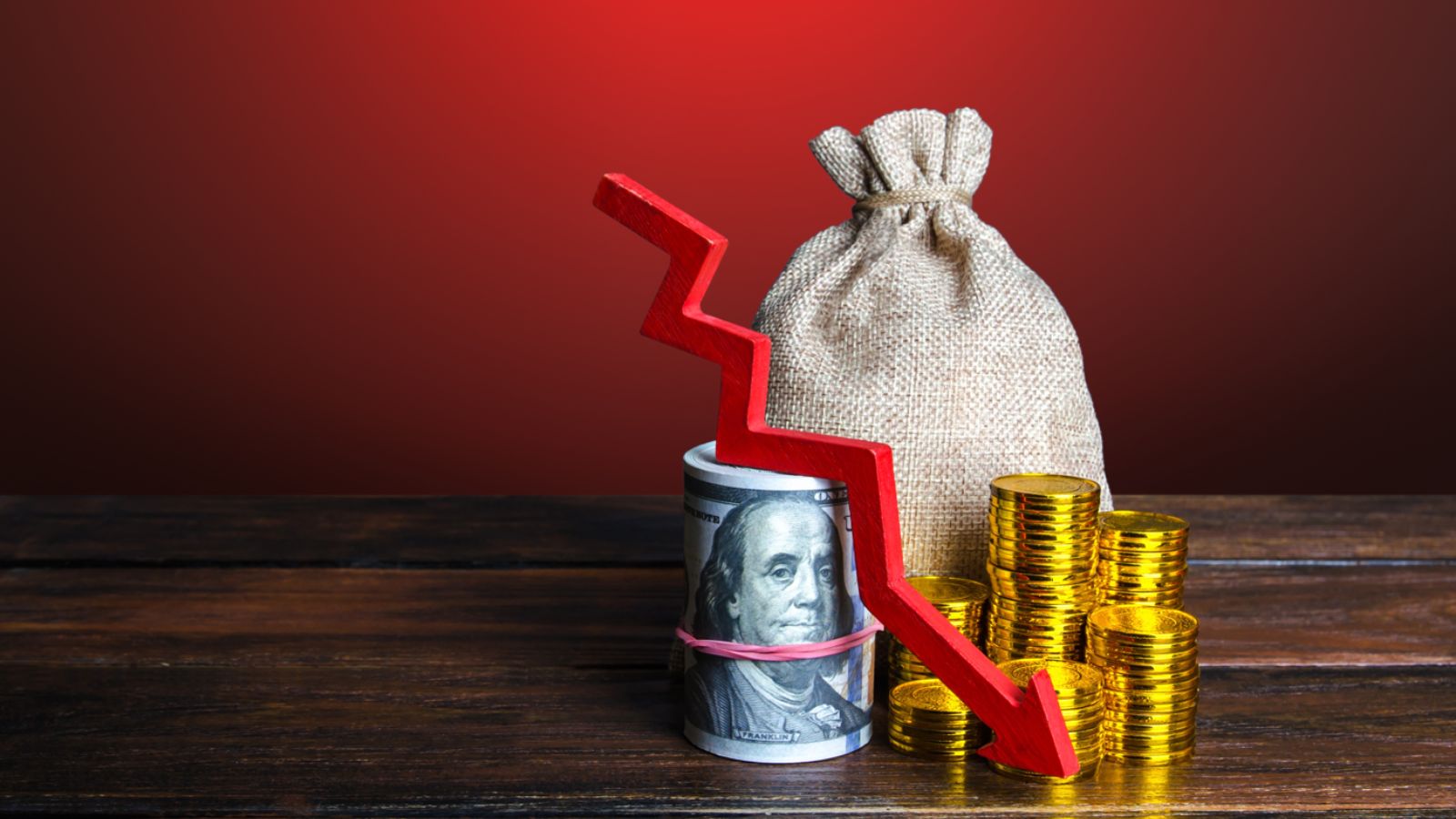
Analysis of October’s labor market report reveals an interesting connection between wage trends and job growth. The slowdown in job growth seems closely tied with the rise in interest rates, which, in turn, is putting a check on wage increases. The analysis reveals a decrease in the year-over-year wage increase from the previous 4.2% to the current 4.1%.
The Consequences of Labor Disputes on Hiring Trends

The fallout from labor disputes, notably the United Auto Workers strike, significantly influenced the employment landscape in October, leading to an overall diminishment in job growth. Strikes and labor can disputes often cast a lengthy shadow over both localized and nationwide employment trends, and October’s figures were no exception.
Economic Resilience in the Face of Market Instability

Amid fluctuating economic conditions, a formidable fortitude has been exhibited by the market. Despite signs of slowdown in job creation, the resilience of the job market has been remarkable. Millions of jobs lost during the pandemic have been successfully recovered, demonstrating the economy’s adaptability and endurance.
What underscores this resilience is a multi-pronged recovery effort. Businesses adapt to new circumstances, employees acquire new skills, and government policies provide support, as evidenced by the steady rehiring rate despite the economic challenges.
The Fed’s Conundrum: Interest Rates Versus Economic Equilibrium

At the heart of the prevailing economic scenario lies a significant challenge that the Federal Reserve continues to grapple with—the delicate balancing act of adjusting interest rates in the face of inflation without jeopardizing job growth and economic stability. In an attempt to curb the rise of inflation, the Federal Reserve has executed a series of rate hikes that have potentially slowed job growth, as evidenced by the October labor report.
Adapting to a Shifting Workforce and Job Market Landscape

Over recent months, employers have been at the forefront of a rapidly changing workforce and job landscape. The trend reveals a shifting dynamic in professional environments and hiring practices, impacting industries across the board.
Navigating Employment Hurdles Amid Inflation Concerns

The presence of inflation in the economy indicates an overall increase in the price level of goods and services. This emergence, while often signaling healthy economic growth, can also pose significant challenges for workers and businesses alike. Amid increasing inflation rates, employers might find it harder to maintain a steady workforce due to heightened wage pressures, while workers may feel the financial squeeze more acutely as their cost of living rises.
Thriving in an Evolving Labor Market

The conclusion to be drawn from October’s labor market report is that despite a considerable slowdown in job creation due to rising interest rates and inflation, the economy stands resilient. The added 150,000 jobs this month are a testament to this strength.
Terrifying Prospects: 12 Moves Trump Could Unleash If Re-elected in 2024

Terrifying Prospects: 12 Moves Trump Could Unleash If Re-elected in 2024
21 Things MAGA Followers Permanently Destroyed For Everyone Else

21 Things MAGA Followers Permanently Destroyed For Everyone Else
America’s 15 Most Miserable States Revealed: Data Shows Places You Don’t Want to Live

America’s 15 Most Miserable States Revealed: Data Shows Places You Don’t Want to Live
12 Ways the World Suffered from Trump’s Reckless Moves
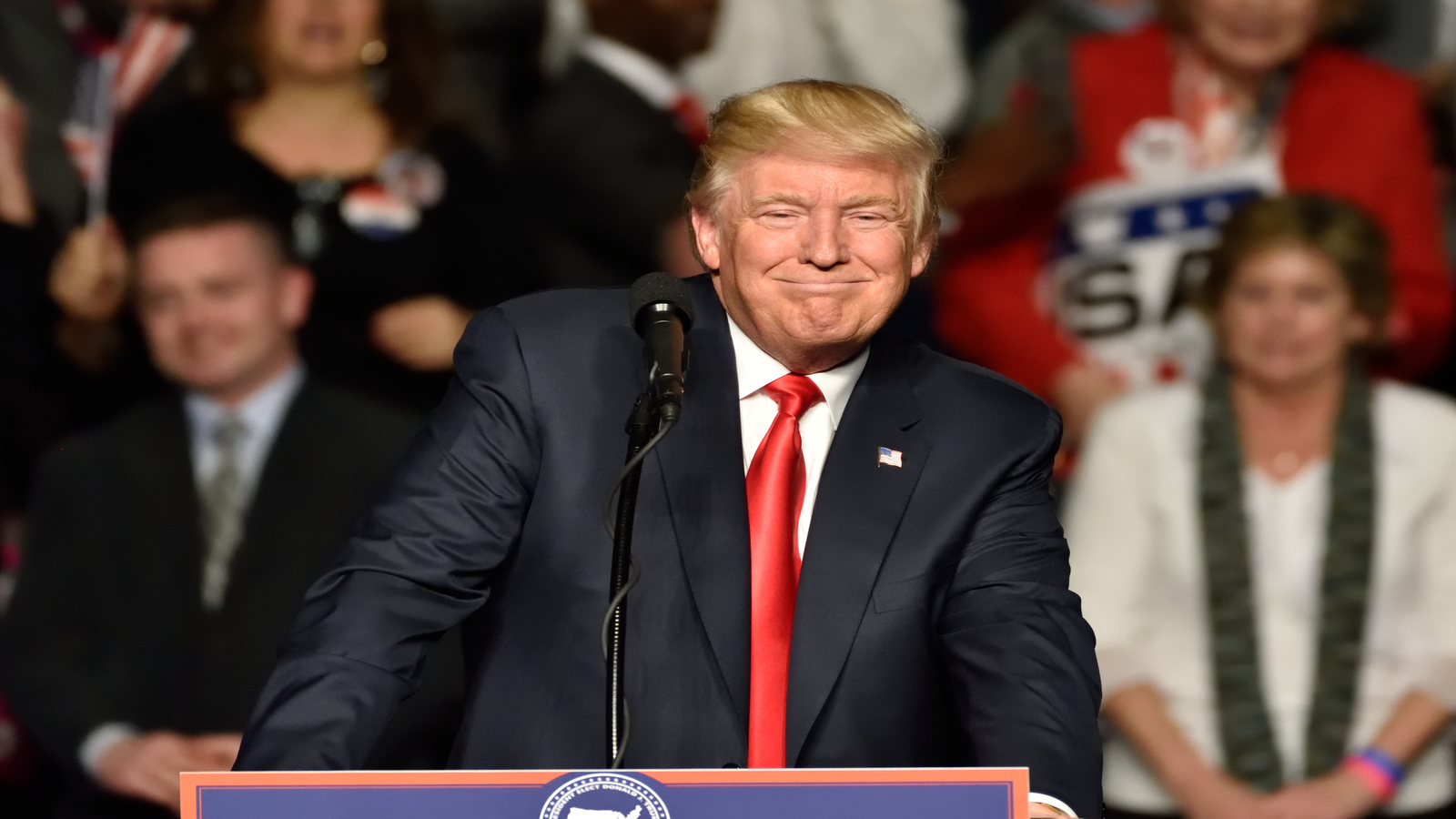
12 Ways the World Suffered from Trump’s Reckless Moves
Trump’s Hit List: 18 Brands That Incited the Wrath of the Former President
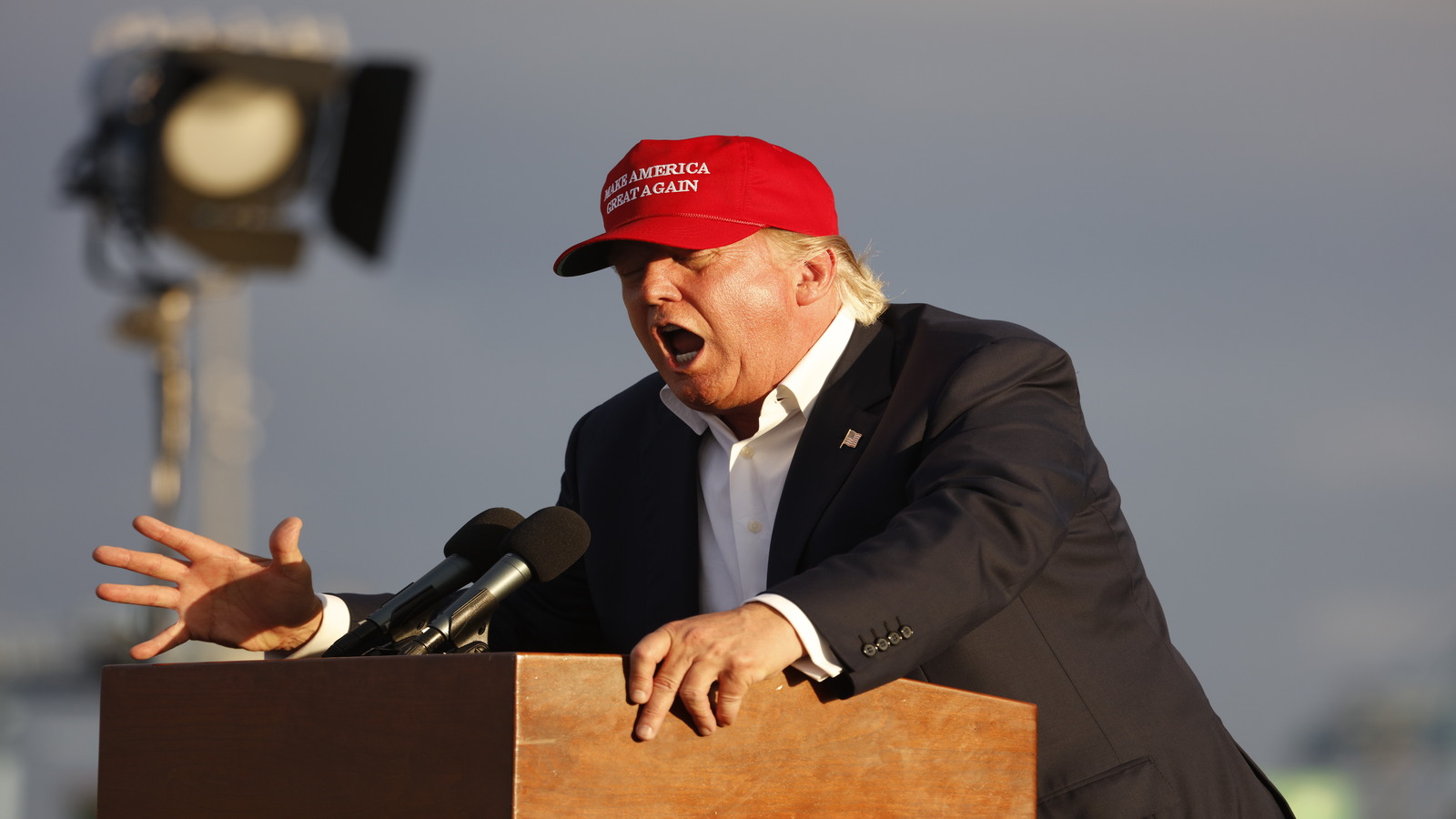
Trump’s Hit List: 18 Brands That Incited the Wrath of the Former President
